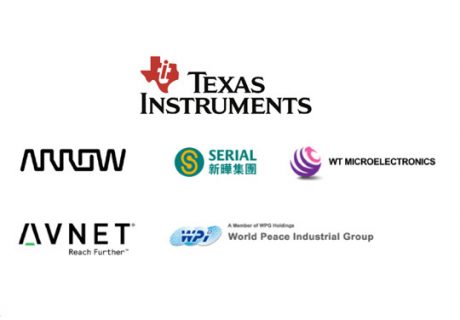Strong demand and mostly firm prices will result in steady revenue growth for analog ICs through 2021. The global analog integrated circuit market will grow 8 per cent in 2018 due to rising demand from automotive, cell phones and Internet of Things and other applications.
The market will increase from $53.1 billion in 2017 to $57.1 billion in 2018 as unit shipments rise 6.2 percent, according to Semico Research. Analog demand will continue to grow through 2021 when analog chip revenue reaches $62.8 billion for a compound annual growth rate of 4.3 per cent.
The good news for semiconductor buyers is despite growing demand for analog chips, the overall average selling price won’t increase through 2021, although there could be selective price increases for some analog ICs.
“Fabs want to build products that generate the most return,” said Brian Anderson, senior analyst, power management, technology, media, for market researcher IHS Markit. “Their ability to do that is bound by contractual agreements.” Because demand for analog is strong, chipmakers are going to want to “maximise return so I expect there will be tougher negotiations this year than in the past” which could mean higher prices for some analog chips. At the very least, it will mean prices won’t decline as they have in previous years.
Last year the average price for an analog IC was 34.6 cents and will rise to 35.1 cents in 2018 and remain steady until 2021 when the price will drop to 34.2 cents, according to Semico. However, in 2012 the average price was 43 cents and it then dropped to 38 cents in 2013 and fell each year steadily through 2017 when it was 34.6 cents.
One reason for the price decline is that in recent years more analog IC production has moved to 300mm production which has increased supply and reduced cost for some analog semiconductors. Analog chip manufacturers such as Texas Instruments, Infineon, STMicroelectronics and foundries including TSMC, UMC, Globalfoundries, TowerJazz and Powerchip have 300mm capabilities for analog, according to Semico. “In 2018, 45 per cent of the silicon processed for analog will be on 300mm wafers,” said Jim Feldhan, Semico president.
TI, the world’s largest analog IC manufacturer with $9.9 billion analog sales in 2017, has been steadily increasing production of analog ICs on 300mm wafers over the last six years. In 2017, About 40 per cent of its analog chips were produced at two 300mm fabs and the percentage will likely continue to rise over the next several years.
The cost of analog ICs produced on 300mm wafers is 40 per cent less than the cost of the same chip on 200mm wafers, according to TI. In addition, TI’s gross margin on analog chips produced on 300mm wafers is about six percentage points more than ICs made on a 200mm wafer.
While more production is moving to 300mm production, many analog chips are still produced on 150/200mm wafers. Buyers could see some supply issues for those parts because demand for many analog ICs produced on 200mm
wafers is running high across multiple segments including automotive, IoT, cell phones and industrial.
“The 200mm wafer market is at capacity,” said Anderson. “ New capacity is not coming out very quickly.” Capacity expansion for 200mm production is a challenge because of tight supply of equipment needed to produce 200mm wafers, he said.



















